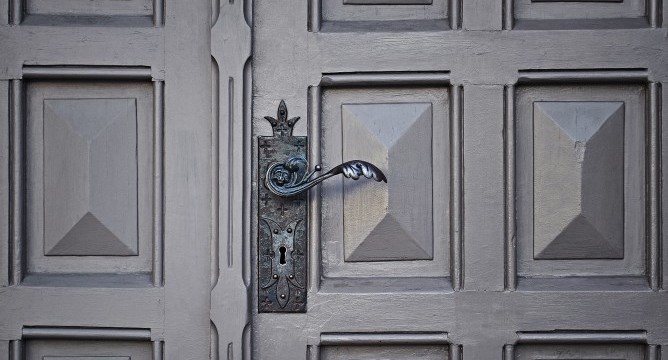This weekend I attended a retreat focused on the findings of social scientists Brene Brown, a shame and vulnerability researcher at the University of Houston. Over the last few years her work has become prolific, in no small part due to her two viral TED talks. She has sparked a global conversation because her work sheds light on feelings and emotions that are seldom discussed in today’s society. Brown’s theory is that love and belonging are irreducible needs of all men, women, and children because human beings are hard wired for connection.
Those who feel lovable, love and who experience belonging simply believe they are worthy of love and belonging, she proposes. That worthiness is cultivated through vulnerability, which is the catalyst for courage, engagement, and a clear sense of purpose. Creativity, she says, is the only unique contribution we will ever make in this world, and therefore is one of the most vulnerable acts we can perform. As I reflected on the nature of vulnerability in the practicing, performing and teaching we do as musicians, I realized that the invitation to be musical is really the invitation to be creative. Our unique offer to the world in our practice and performance is to interpret the music we play and to infuse it with the meaning we gather.
Dr. Laurie Scott in her book From Stage to Studio (link) acknowledges the importance of musicianship to our study by exploring it first in a series of chapters on music pedagogy. As she suggests in the text, the difficulty in teaching musicianship is the imprecise language we often use to describe it. Breaking down the difference between “just feeling it,” mastering technical skills needed to execute what is “felt,” interpreting expressive gestures written in the music, knowing the history and theory that informs the style of a piece, and the ways in which we can connect music to our real lives, makes the process of teaching musicianship feel more actionable.
While instilling the knowledge to make intelligent decisions about phrase arcs, dynamics, and style is important, as teachers we must cultivate the willingness to be vulnerable in decisions about music. If a student has the courage to take ownership and be accountable for the musical decisions he or she makes, then the expressive possibility of each performance is infinite.
I fear most for the students use technical facility to avoid the risk of inserting themselves into the music they are studying. Brene Brown presents this risk aversion with the image of an individual who walks into an arena with a twenty pound shield. It is thick and impenetrable, but it is too heavy to carry and ultimately just keeps the one wielding it from being seen. This shame and vulnerability aversion is exactly what we want to keep from developing in our students. These are the performers who will waste time practicing technique that is not a vehicle for meaning, these are the performers who will dread performance, are these are the performers who will burn out.
The question of where to start in teaching musicianship, however, is still a challenging one. Acknowledging “technique cannot be the sole pathway to expressive performing,” I give my students opportunities to shape their review pieces or mastered skills in an appropriate way from the very beginning. For example, I allow a student to play Song of the Wind as fast or as slow as she pleases. Once my student executes a Mississippi Stop Stop arm scrub effortlessly, I invite him to do repetitions with his choice of a whisper or a shout. As he or she develops, I ask for dynamic and tempo decisions to be made during practice time and presented to me in our next lesson. Eventually I ask for students to choose one of the decisions they have experimented with and to practice it into their playing in order to prepare for a performance. Afterwards I make a point to specifically comment on the thoughtful, especially unconventional or risky, interpretations of their piece.
Regularly practicing encouragement of vulnerability like this in every lesson, my students begin to understand that music performed without careful consideration, leaps of interpretation, and an emotional investment isn’t worth performing at all. My work is to encourage and congratulate the risk it took to shape music from something external and foreign to unique and personal. Through musicianship I teach my students to show up, be seen, and live brave.

